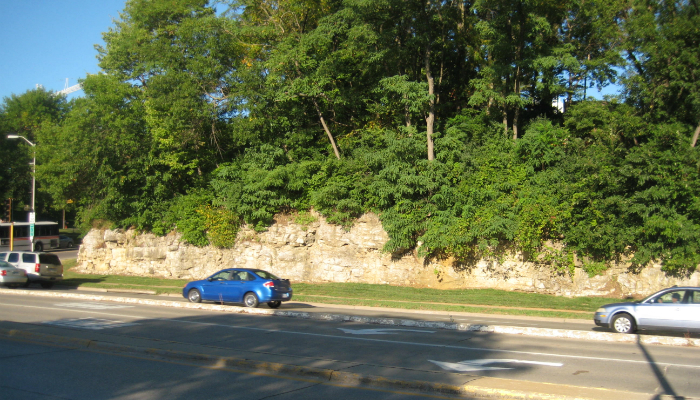Why Do We Care?

Barb and I recently sat out in the driveway, and watched last week’s cloudy eclipse come and go. And to see whether 93% obscurity would make the birds think that night was coming on, and dive into the hedgerow to settle down. Some did seem to dart into the hedges around peak eclipse time, but they were out and about only moments later.
But while we waited, I pondered the question of, “Why do we care about a lot of natural things?” Why do we pick up a blue jay feather and admire it? Why do we stop to smell the roses? Why do we see grace in the winging of a flock of birds? Why do we care whether the earth happens to pass through the shadow of our moon? Why do we donate time and money to preserve little patches of ecosystems?
E. O. Wilson popularized the term “biophilia” for our innate fondness for, and interest in, living things. And it’s become a handy term to recognize that one reason we care is that from an evolutionary perspective, we are related to all other living things. We share a lot more with “the others” than Mr. Darwin could measure in his day. For example, did you know that “primitive” little single-celled yeasts produce testosterone, and use it in cell division, which is their form of reproduction?
OK, so we are all related, we are all children of the blue planet. But then why do we think that inorganic crystals are pretty or interesting? Why do we watch the stars at night? What’s so romantic about the moon? Why do we find flowing lava or rainbows so fascinating? It’s all just dead stuff, right?
Astronomy offers an answer. Stars begin as accumulations of mostly hydrogen and helium, which grow until their crushing gravity ignites their nuclear fires. As the fires burn, fusion reactions produce the heavier elements. And at a certain stage of nuclear meltdown, many starts explode, scattering these elements across their corner of the universe, where it can be reincorporated into planets, asteroids, comets, and new stars. The iron in our blood was manufactured in stars, as was the carbon in our muscles and the calcium in our bones, having first wended its way many times through rocks, minerals, and fossils on the blue planet, before becoming us.
Consider the above photo. At approximately 1/3 billion years old, this limestone reef, located beneath the UI Nursing building, is now slowly releasing calcium that corals, algae, and shellfish removed from the shallow ocean that was Iowa. At that time the Appalachians were young, tall, and rising – much like today’s Andes. The Appalachians were the watershed for one or more large westward flowing rivers, comparable to today’s Amazon, carrying its calcium into the Iowa sea. The old adage “ashes to ashes and dust to dust” even applies to stars with 20 billion year lifespans. Even they get recycled. And here we are – stardust. We are all children of the universe, and when we handle a perfect quartz crystal or see an amazing eclipse, we are looking at our own history, and our own future. So, sure, how can we not care?


